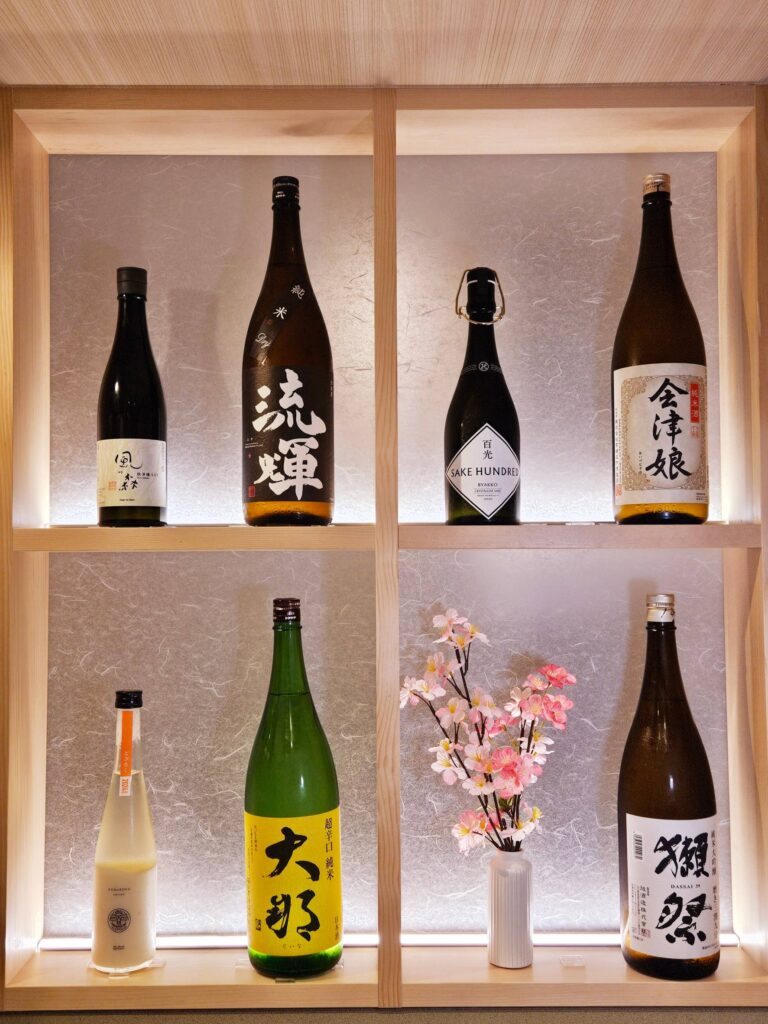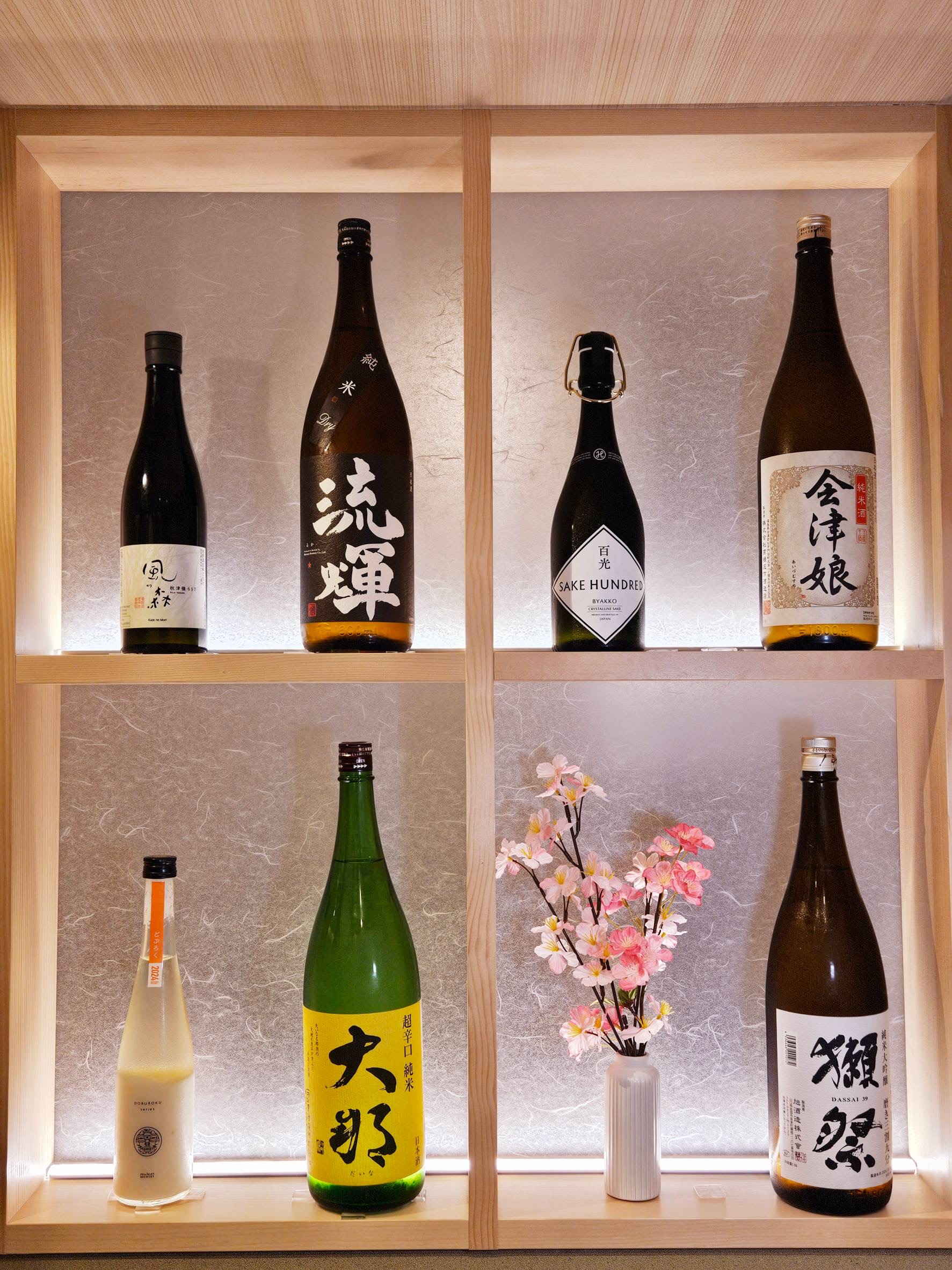Here are the characteristics of each sake served at Tempura Asakusa SAKURA.
We have selected a wide range of sake from all over Japan, focusing on rare, distinctive and delicious sake.
目次
(1) Kaze no Mori Akitsuho 657 (Aburanaga Sake Brewery)
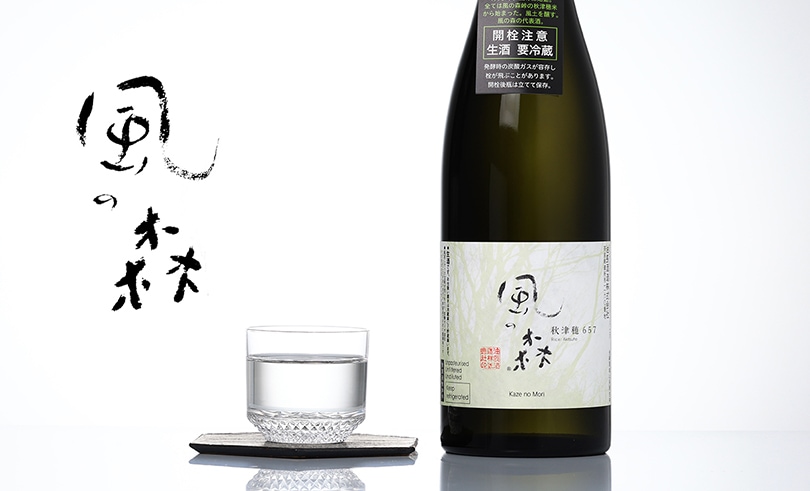
– Characteristics: Kaze no Mori from Nara Prefecture’s Aburanaga Sake Brewery is a sake with a fresh and gorgeous aroma. Akitsuho 657 is made from Nara Prefecture’s Akitsuho sake rice, with a milling ratio of 65%.
– Taste: Gassy, light and fresh on the palate. It has a fruity aroma of apples and pears, and a perfect balance of acidity and sweetness.
– Match with food: It is served as the first toast in the pairing as it refreshes the palate.
2) Ruka (Matsuya Sake Brewery)
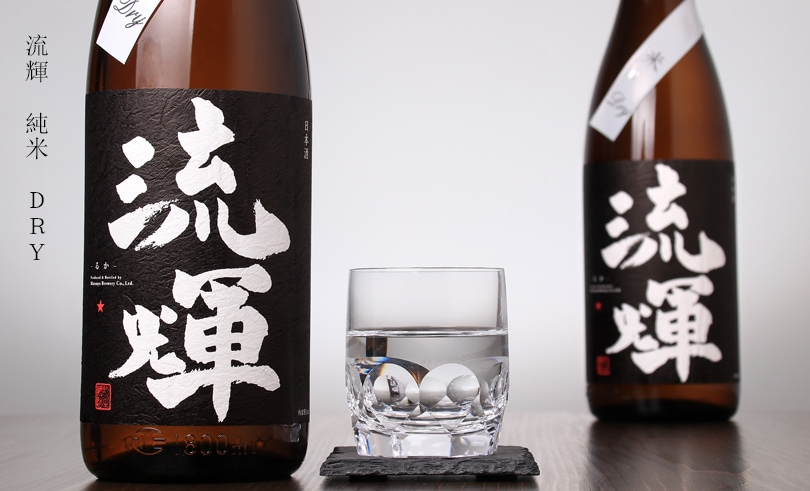
– Characteristics: Nagareki, brewed by Matsuya Shuzo in Gunma Prefecture, is a Japanese sake characterized by its fruity and fresh aroma. It is especially popular for its fresh style, such as unfiltered, unpasteurized sake.
– Taste: It has a fruity aroma like melon or pear, and a light, refreshing finish. It has a light mouthfeel with a refreshing finish, and the umami of the rice can be felt despite its lightness.
– Food Recommendations: This sake goes well with fried food such as tempura, especially with vegetable tempura.
Dassai 39% (Asahi Shuzo)
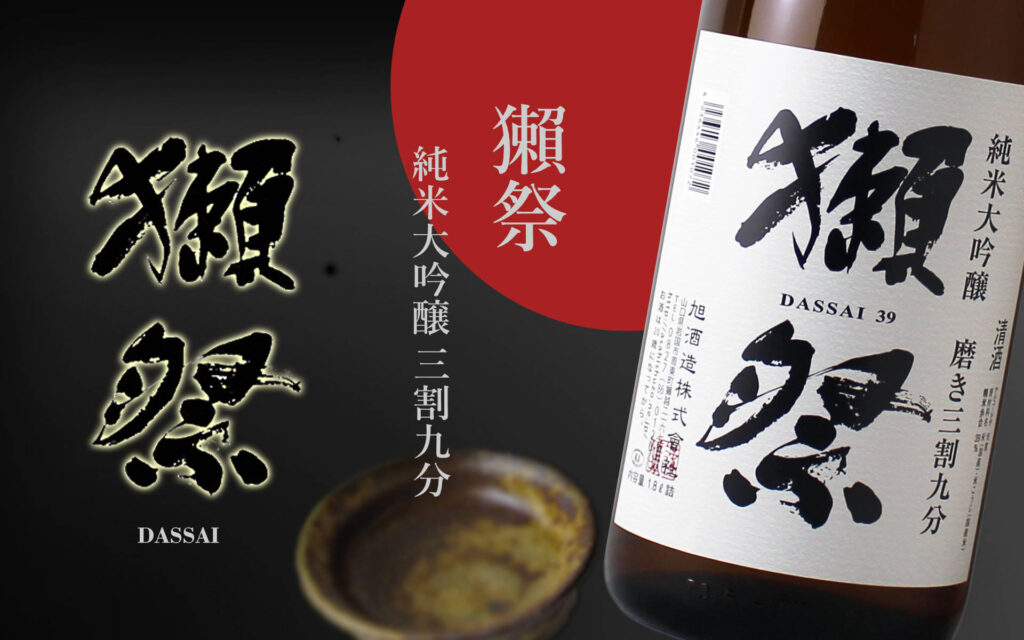
– Characteristics: Brewed by Asahi Shuzo in Yamaguchi Prefecture, dassai is a very popular brand of sake both in Japan and abroad. Polished to 39%, it is a junmai daiginjo-shu made from rice polished to 39%.
– Taste: Very clear and elegant. It has a fruity aroma of melon and banana, and a moderate sweetness that is elegant and refined.
– Pairing: It has a luxurious and particularly delicate taste that enhances the flavor of the ingredients.
**Polishing ratio** is an indicator of how much of the rice used to make sake has been shaved off. Specifically, the number indicates how much of the outer layer of rice has been removed, and is an important factor that has a direct impact on the taste and aroma of sake.
Basic explanation of milled rice yield
– Polishing yield is the weight of rice remaining after polishing as a percentage of the original weight.
– For example, a milling ratio of “70%” means that the outer 30% of the rice has been removed and 70% remains.
– The lower the milling percentage (the smaller the number), the more of the outer part of the rice is removed, leaving the pure starch in the center. In general, the lower the milling ratio, the less cloying, fruity, and clear the sake’s flavor and aroma.
About Otters Sanwari Kyubu
– **Sanwari Kyubu** means a rice polishing ratio of 39%. In other words, the sake is made by cutting 61% off the outer layer of rice, leaving 39% in the center. This is a very high rice polishing ratio, and one can say that this sake is designed to have an elegant and refined taste.
Relationship between Rice Polishing Ratio and Otters 30% and 90%
– Taste Characteristics: A rice polishing ratio of 39% means that much of the protein and fat on the outside of the rice has been removed, and what remains is mainly pure starch. This produces a very clear, elegant flavor with little cloying taste. Otters 30% to 90% has a particularly fruity and floral aroma, characterized by fruity nuances such as melon and pear.
– Food pairing: Due to its subtle and elegant flavor, it is a perfect match for light appetizers, fresh seafood, and delicate tempura. It is especially ideal with simple dishes and high quality ingredients, as it enhances the flavors of the ingredients without spoiling them.
Effects of low milling ratio
– When the milling ratio is low, i.e., the rice is heavily polished, it tends to bring out a more delicate and fruity aroma. This gives the sake itself a light, refreshing impression and makes it easier to drink.
– A low rice polishing ratio of 39%, as in Ottersai Sanwari Kubun, requires more time and effort in the production process, but the high quality and pure, unadulterated flavor make it very popular as a gift.
The Specialness of Otters 30% and 39% Otters
– Asahi Shuzo has very high technology in rice polishing and fermentation management, and Otters Sanwari Kubun is the fruit of this technology. By paying particular attention to the degree of rice polishing and fermentation at the optimum temperature control, the company produces sake of unparalleled quality.
– Among the Otters series, Sanwari Kubun is particularly popular for its clear, fruity aroma, elegant sweetness and acidity, and well-balanced, refined taste.
In summary, the lower the rice polishing ratio, the clearer and more refined the sake tends to be, and Otters Sanwari Kubu is a prime example of this.
4) Hanakaze (Ina to Agave Co., Ltd.)
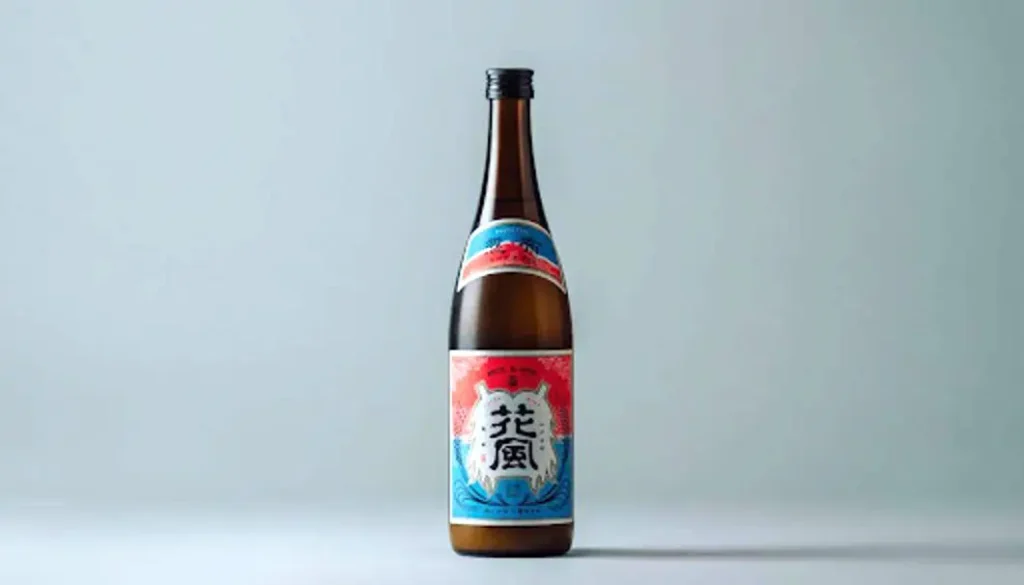
– Characteristics: A unique sake created from “doburoku rice and agave,” this is a special product that incorporates agave elements into the traditional process. Hanakaze is a floral and aromatic sake.
– Taste: It has a mild acidity and a gorgeous floral aroma. It is smooth on the palate, with a soft sweetness and an elegant aftertaste.
– Food Recommendations: Due to its exotic flavor, it goes especially well with vegetable tempura and seafood.
“Agave plays a unique role in “Rice and Agave” in sake, its characteristics and effects having a special impact on the flavor of sake. Below are details on the characteristics and role of agave in “Rice and Agave”.
1. characteristics of agave
– In addition to rice, which is an ingredient in regular sake, agave syrup is used in Inari to Agave. Agave syrup is a sweetener extracted from the core of the agave plant, which is sweeter than sugar and also has a unique fruity, light sweetness.
– The use of agave syrup adds an exotic, fruity flavor not found in traditional sake. This gives it a unique flavor that sets it apart from regular sake.
2. role and effects of agave
– Sweetening: Agave syrup is known as a healthy sweetener with a low GI (glycemic index) compared to sugar and other sweeteners. This makes “Rice and Agave” sweet but not heavy and refreshing.
– Enhanced aroma: The addition of agave syrup creates a fruity, floral aroma not normally found in sake. In particular, fruity and floral aromas are emphasized and the aromatic richness is increased.
– Complexity of flavor: With the use of agave, “Rice and Agave” has its own unique flavor, offering a well-balanced taste with a perfect harmony of sweet and sour tastes. The combination of the rice flavor and the sweetness of the agave provides a deep and complex flavor. 3.
3. drinking comfort of “Rice and Agave” and its compatibility with meals
– The fruity flavor of agave and the umami of rice combine in a well-balanced manner, making it easy to drink and giving a light impression. This is a point that sake beginners will easily like.
– It goes well with light fried foods such as tempura.
Rice and Agave” is an innovative product that adds a new element to traditional sake, the sweetness and aroma of agave giving it a unique character in the world of sake. This uniqueness has made it popular with sake lovers and those seeking new tastes.
5) Daina (Kikunosato Sake Brewery)
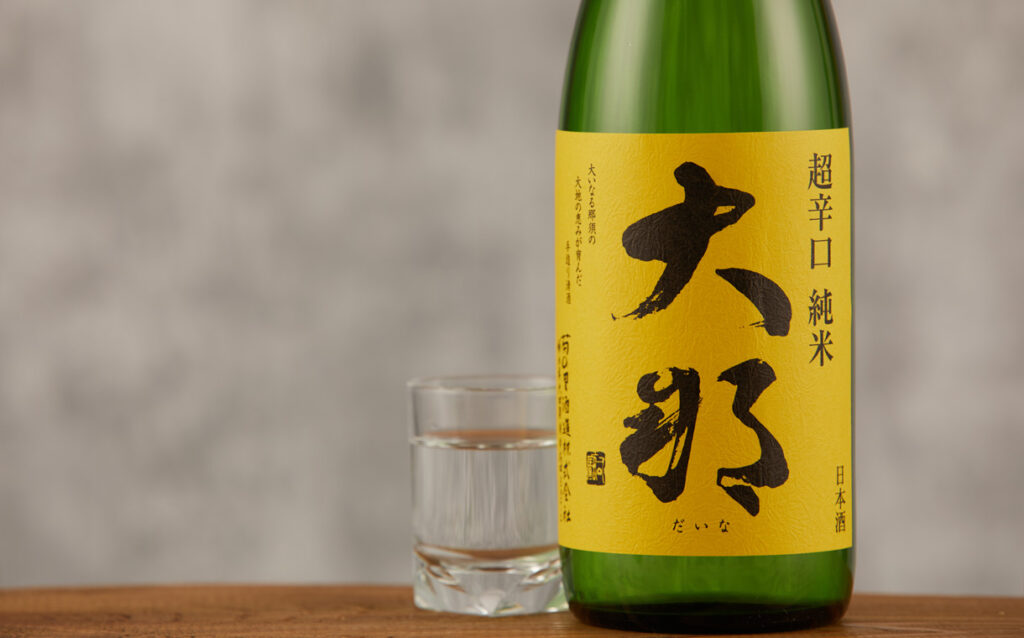
– Characteristics: Daina, produced by the Kikunosato Sake Brewery in Tochigi Prefecture, is a classic sake that brings out the best of the rice. The rice used is locally grown Gohyakumangoku and Yamadanishiki, and junmai ginjo and junmai daiginjo are popular.
– Taste: Characterized by a rich rice flavor and a crisp aftertaste. It has a rich flavor with a refreshing acidity that complements food.
– Food Recommendations: Because of its robust flavor, it goes well with fried foods in general and well-seasoned dishes. Pairing with smoked squid tempura or wagyu beef tempura is especially recommended.
Each of these sake has its own character and can be enjoyed in a variety of ways to match the tempura dishes served at Tempura Asakusa SAKURA.
We recommend that you enjoy the flow of these sake as a pairing in your course, depending on the cuisine.
